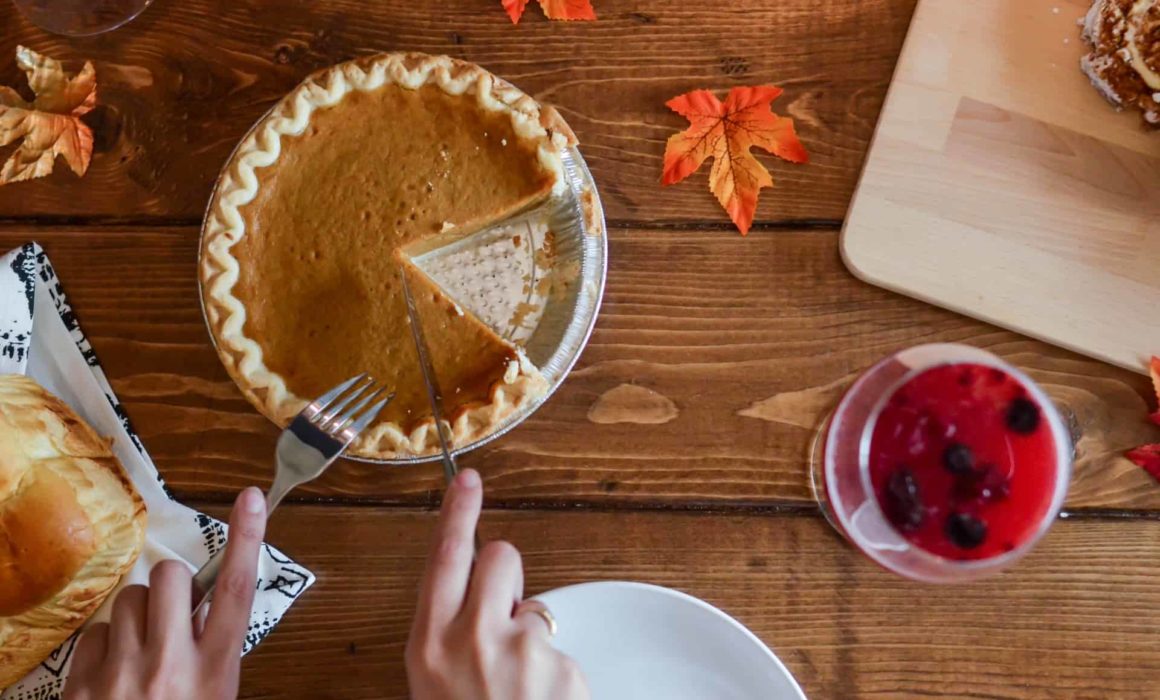Carving Up a Portfolio and that Thanksgiving Pie
If your 2018 Thanksgiving pie is all U.S. equities, consider expanding your palate
The big picture might look rosy – unemployment near a 50-year low, U.S. companies are reporting record profits, interest rates are still low and even wages are rising.
But through Thanksgiving week 2018, the S&P 500 went negative, led by the FAANG group (Facebook, Apple, Amazon, Netflix and Alphabet’s Google) which officially entered bear market territory after dropping more than 20% from their 52-week highs.
So, how do you carve up your portfolio pie to minimize risk and protect it from market troubles, like what we’re seeing through Thanksgiving 2018? Through smart asset allocation, aided by diversification and rebalancing.
Diversification and Asset Allocation
Diversification means the mathematical process of reducing risk through the use of many different types of assets. In other words, one asset class typically zigs while the other zags.
Asset allocation is when risk versus reward is balanced, according to the risk capacity, risk tolerance, time frame and goals of the investor. Many people believe that when they have more investments, it means they are more diversified. Wrong.
Asset Allocation Pie
When allocating assets, you need to do two things:
- Find asset classes that are distinct and don’t overlap. You are not as diversified as you think if they do.
- Examine how they interact with each other. Different classes tend to do different things at different times.
So, it is not necessarily how many pieces you have in your pie, but what makes up the ingredients of the pieces to begin with. You have the entire global economy to locate them. You could cut the pie into very tiny pieces. However, those likely would be similar to other tiny pieces nearby.
A Better Pie
Rebalancing is a financial planning tool designed to get your portfolio back to your original allocation target. Why? Because with time your portfolio investment allocation drifts, and you take on a different risk profile as a result of this drift.
A Sample Pie
Let’s also assume you have a global asset allocation with exposure to many different asset classes. What happens when, say, your small cap asset class fund declines and now makes up a smaller piece of your portfolio than you want in your asset allocation pie?
Your next step is to rebalance.
You sell off a portion of your portfolio that has expanded too much and buy into the asset class that has declined.
Remember the old saying, “Buy low, sell high?” Well, rebalancing means you are doing just that, except you sell high first, then buy low. You sell some of what has gone up to buy more of what has gone down, thus restoring your desired asset allocation pie and remaining consistent with your risk profile.
But beware: selling “winners” and buying “losers” goes against the grain emotionally, of course. So, you make this a regimen in order to eliminate some of the emotional challenges.
Pies and Financial Planning
You probably make pretty good pies. Your pies might even rival those from your favorite local bakery. But asset allocation pies might taste better when constructed by a professional baker – your financial advisor (hopefully, a fiduciary, and CERTIFIED FINANCIAL PLANNER™ certificant).
- Talk to your financial advisor about different types of pies (asset allocation).
- Ask questions about the ingredients your financial advisor uses to make pies (diversification).
- Recognize that sometimes you need to reduce the amount of nutmeg and add more cinnamon to make a pie that you like (rebalancing).
But most importantly, know that your financial advisor will create an asset allocation pie specifically tailored to your tastes (financial planning).
Happy Thanksgiving.
Disclosure: There is no assurance that a diversified portfolio will produce better returns than an undiversified portfolio, nor does diversification assure against market loss.






